Once upon a time, towing anything with an electric vehicle was akin to stepping into the ring blindfolded. You might land a hit, but odds were you'd end up face down in the dirt, wondering what went wrong. It wasn’t just the hit to range, it was the heat, the software quirks, the charging networks laid out with all the foresight of a carnival map, and the towing setups that seemed engineered by people who thought a trailer was a kind of boat.
How a Rivian R1S Towed a 19-Foot Trailer 1,200 Miles
But here we are in 2025, and one Rivian R1S owner has just dragged a 19-foot travel trailer 1,200 miles across the United States with a grace that borders on smug.
“Picked up this 19’ inTech Sol Horizon Rover in Pennsylvania on Monday, and I'm already in Oklahoma. R1S Dual Max Performance. Never towed before in my life.
Overall, towing is great. Barely feels like I'm towing anything. The rear camera makes aligning the tow hitch easy, and I added a wireless camera to the back of the trailer.
I've stayed at campgrounds most nights with 14-50s (and a park in a small Illinois town with free EV charging one night). I don't like busy campgrounds with other trailers nearby, so I'm looking forward to getting further west with more dispersed camping options.
I have 5 months of free RAN charging left, and they usually have pull-throughs, so I’ve prioritized those. Larger Tesla sites at off-peak hours where I can block several chargers and still leave a bunch free are good (I always stay with the car if I do that.) Pilot-Flying J/GM Energy pull-throughs are fantastic, and EVgo plug-and-charge even works there!
Somehow, I've managed not to unhook yet to fast charge. But I definitely should've been at the Walmart in Springdale, AR, where I'm wedged in between poles in one photo. The spots are pull-throughs, and I thought I was all good from Google Maps photos, but the cables aren't long enough to reach (the ones that might are CHAdeMO.) I was a bit flustered after trying multiple stalls and pulled in at this weird angle without realizing how much I’d stick out...it worked, though, and nobody seemed to mind. Next time I’ll unhook. Free 200kW chargers, too (for now.)
I'll pull stats from ElectraFi and crunch some numbers at specific speeds in another post. The car is showing an average of 0.95 mi/kWh over 1232.5 miles on the trailer screen. I’m mostly driving 65 - 70mph (I will probably have to slow down as charger spacing increases in the west). I can get 1.1 - 1.2 mi/kWh if I try to drive efficiently, at least in good conditions.
Two nitpicks:
- Basic cruise control sucks, please give us at least TACC.
- Battery cooling is a big problem if you fast charge multiple times a day. So, on top of needing to charge to 100% way more often, throttling happens sooner. And the car maxes out the HVAC for way longer to cool the battery and precondition for the next stop. So efficiency drops a bunch from the extra heat pump power consumption. If you use cruise control in hilly areas, maintaining speed uphill/downhill makes this effect even worse.
Overall, I'm loving this towing adventure! My dog really likes the trailer as well, and he’s getting even more walks on the long charging stops. The trailer was only $26k used, too, great value for the build quality.”
The author of that Reddit post, forestEV, an R1S owner and trailblazer, set out on his first-ever towing adventure, piloting a Rivian R1S from Pennsylvania to Oklahoma with a trailer in tow and a dog in the back.
Essential Rivian R1S Towing Specs & Real-World Range Impact
- The Rivian R1S can tow up to 7,700 pounds when equipped with a weight-distributing hitch. Without this specialized hitch, the towing capacity is limited to 5,000 pounds. This distinction is crucial for those planning to haul heavier loads, such as large trailers or boats.
- Towing significantly affects the R1S's electric range. For instance, when towing a 5,000-pound load, the vehicle's range can decrease by approximately 50%, depending on factors like terrain and speed. In a real-world test, the R1S achieved about 1.3 miles per kilowatt-hour under such conditions, translating to a reduced range of around 175 miles.
- The R1S's towing capacity is influenced by its design, particularly its shorter wheelbase compared to its sibling, the R1T pickup. This shorter wheelbase, while beneficial for off-road maneuverability, can affect towing stability, especially at higher speeds or with heavier trailers. Therefore, while the R1S is capable of towing substantial loads, drivers should be mindful of these design factors to ensure safe and stable towing experiences.
His detailed account, nestled in the r/Rivian subreddit, reveals not just a surprisingly drama-free journey but a microcosm of what EV towing looks like right now.
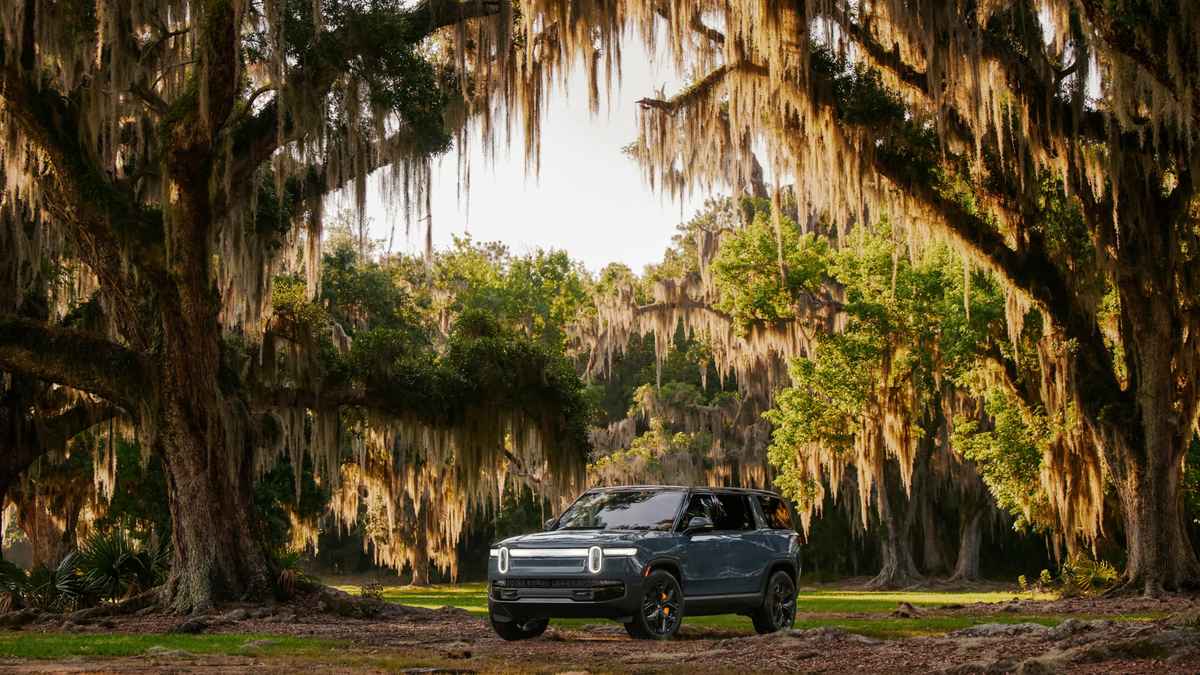
Mostly doable, occasionally annoying, and fully within reach, if you’re paying attention.
It wasn’t all tailwinds and Techno music. The real villain here was heat.
“Battery cooling is a big problem if you fast charge multiple times in a day,” forestEV wrote.
Rivian R1S Battery Cooling Challenges Under Tow
Once the battery pack crosses the 110–120°F threshold, charging slows, HVAC goes nuclear to cool the pack, and efficiency nosedives. This isn’t a bug, it’s a consequence of Rivian’s thermal system architecture, which sandwiches battery cells between a single cooling plate. It’s fine for soccer practice and Home Depot runs, but throw a 7,000-pound aerodynamic disaster behind it, and you’ll find out how good, or not, your heat management system really is.
And yet, the R1S didn’t flinch.
Advertising “I haven’t experienced any instances of sway.”
He noted. No weight distribution hitch, no drama. Just a basic Weigh Safe hitch setup, confidence in the trailer balance, and a chassis that seems like it was tuned on Mars for lunar rovers. With all-independent suspension and torque vectoring across four motors, the Rivian handled like a multi-ton German sports sedan with a 19-foot caboose, quiet, composed, and never wallowy.
But where Rivian deserves praise for hardware, American charging infrastructure remains the weakest link.
“I definitely should’ve unhooked at the Walmart in Springdale,”
He admitted, after wedging the trailer into a charging bay clearly not meant for a 40-foot trailer. The lesson? While Rivian’s own Adventure Network includes thoughtful pull-throughs, the rest of the network is still stuck in a sedan-centric mindset. This is where EV towing in America still feels like a beta test, one that involves a lot of creative parking and polite explanations to onlookers.
Highway Speeds vs. EV Efficiency: Finding the Sweet Spot When Towing
Speed and efficiency became the delicate balance. ForestEV ran most of the trip between 65 and 70 mph, calculating that the extra drag and energy use were worth the shorter trip times, assuming chargers were placed just right.
“I often have to charge to nearly 100% just to make it to the next stop at 65mph,”
He noted. But he also pointed out the sharp efficiency drop that kicks in around 68 mph, showing a nuanced understanding of electric range management that most people only reach after years of EV ownership. It’s not just about numbers on a screen, it’s about pacing, planning, and respecting physics.
EV Towing Essentials: Range Loss, Infrastructure Gaps & Safe Procedures
- Towing a trailer or heavy load with an EV can drastically decrease its driving range. For instance, a Ford F-150 Lightning, which has an EPA-estimated range of up to 320 miles, may experience a reduction of approximately 27% when towing a trailer, bringing the range down to around 234 miles. This substantial decrease necessitates more frequent charging stops, complicating long-distance travel plans.
- The current charging infrastructure is not optimally designed for vehicles towing trailers. Many public charging stations are positioned in a way that makes it challenging for a vehicle with an attached trailer to access them without unhooking. This can add time and inconvenience to the charging process, especially on longer trips where multiple charging stops are required.
And there were close calls. In hilly terrain with back-to-back fast charges, efficiency dropped to 0.8 mi/kWh.
“I actually drove over a mile after hitting 0% battery.”
He wrote, his words dry but his experience likely anything but. It’s the kind of nail-biter that reminds us this isn’t just data, it’s risk, sweat, and judgment. Yet the R1S never quit. The fact that the vehicle continued to operate, even while displaying the dreaded 0%, suggests a conservative buffer in Rivian’s software, but also highlights the resilience of its drivetrain and thermal logic, even when things get dicey.
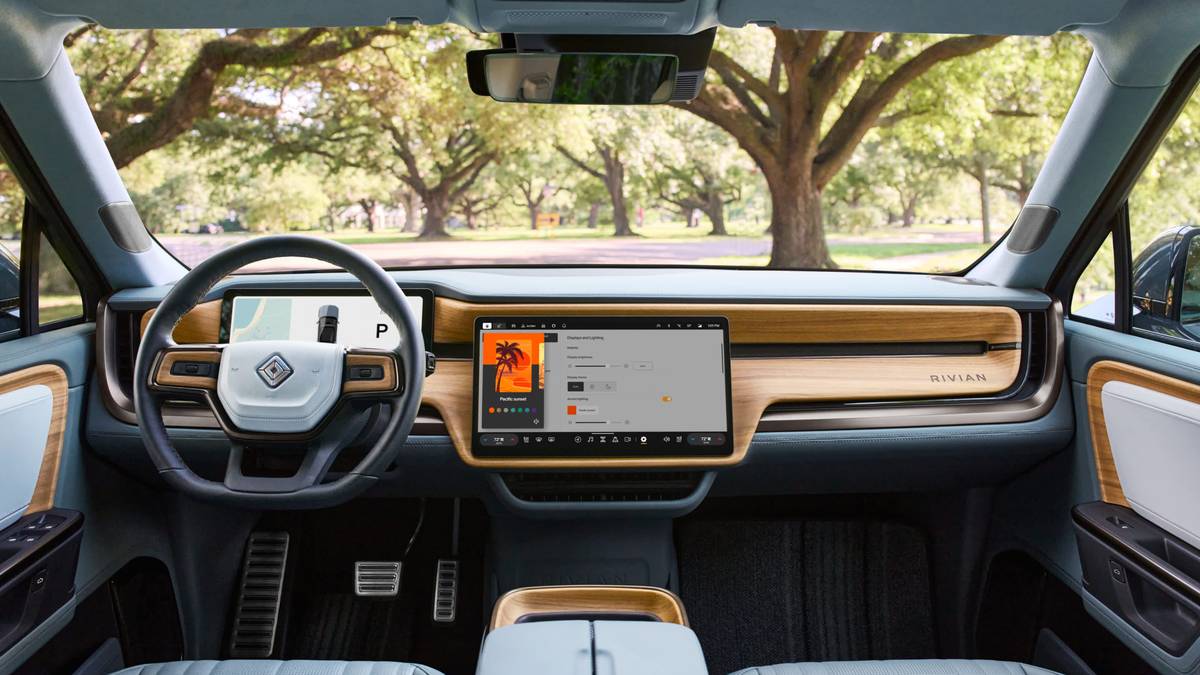
This trip wasn’t about a destination, it was about proof of concept. That an EV, towing a proper trailer, across thousands of miles of inconsistent infrastructure, could do so with composure, capability, and character. ForestEV mapped out what the early adopters’ towing future looks like.
And in doing so, he confirmed that the Rivian R1S is not only up to the task, but that it might be the benchmark by which all other electric SUVs will be judged.
Why The Rivian R1S Is Setting the Benchmark for Electric SUV Towing
Towing with an electric vehicle isn’t impossible, but it is revealing. It exposes engineering shortcuts, infrastructure blind spots, and the true limits of battery tech. And yet the R1S, despite a few drops of sweat, passed the test with its chin up. It’s not perfect, but it’s real, and right now, it’s as close to towing greatness as the EV world gets.
Have you ever towed with an electric vehicle? How did it go, and were you happy with the results?
Let us know in the comments below.
Image Sources: Rivian Newsroom
Noah Washington is an automotive journalist based in Atlanta, Georgia. He enjoys covering the latest news in the automotive industry and conducting reviews on the latest cars. He has been in the automotive industry since 15 years old and has been featured in prominent automotive news sites. You can reach him on X and LinkedIn for tips and to follow his automotive coverage.



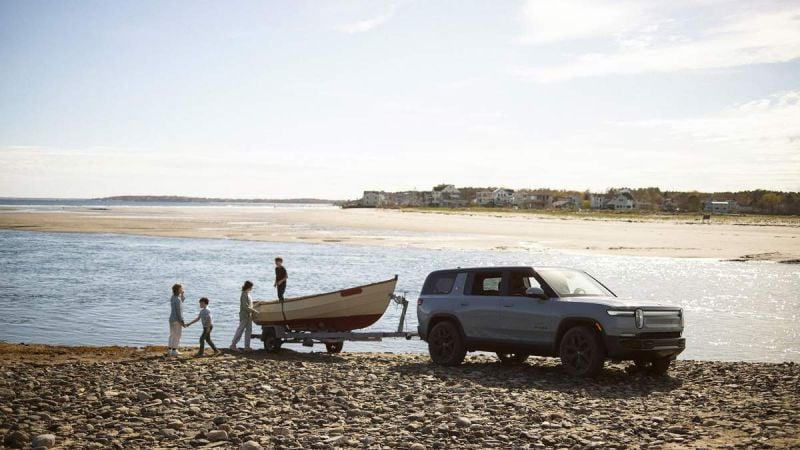





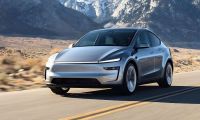

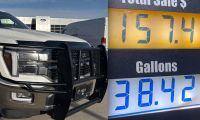

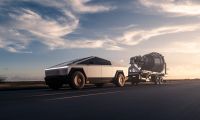
Comments
If the picture used for this…
Permalink
If the picture used for this article is what was actually towed, then there was hardly anything towed at all. This is like saying I towed an empty trailer across the country. We need to know about your load. The heating issues your battery had under an actual load. Etc. This doesn't really help us.
Good point!
Permalink
In reply to If the picture used for this… by Jacob (not verified)
Good point!
Towing and half if trucj…
Permalink
Towing and half if trucj stuff just isn't realistic, yet, in an EV. Electric vehicles are awesome at towing because tremendous amounts of torque, but batteries (gas tanks) just aren't big enough for large loads over long distances.
There will come a time when all EVs have 10k mi batteries and well look back on these 'wild west' days of people thinking EVs are the sum of the battery instead of limited only by the battery and laugh.
Uaed to be long stretches without water limited horse travel.
Yeah, EVs are great for…
Permalink
In reply to Towing and half if trucj… by Andy Crumb (not verified)
Yeah, EVs are great for towing short distances, but the battery limits are still a major factor.